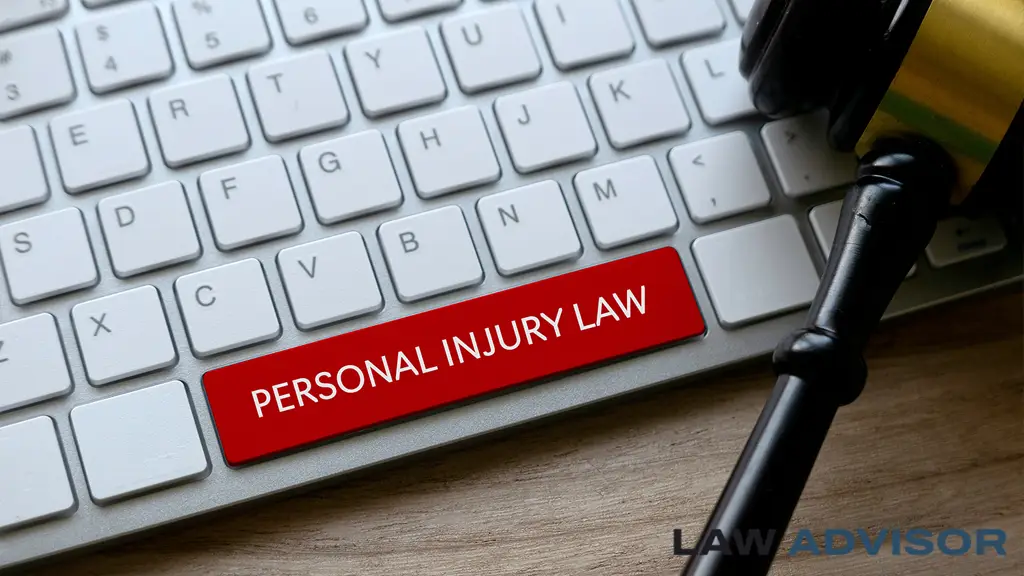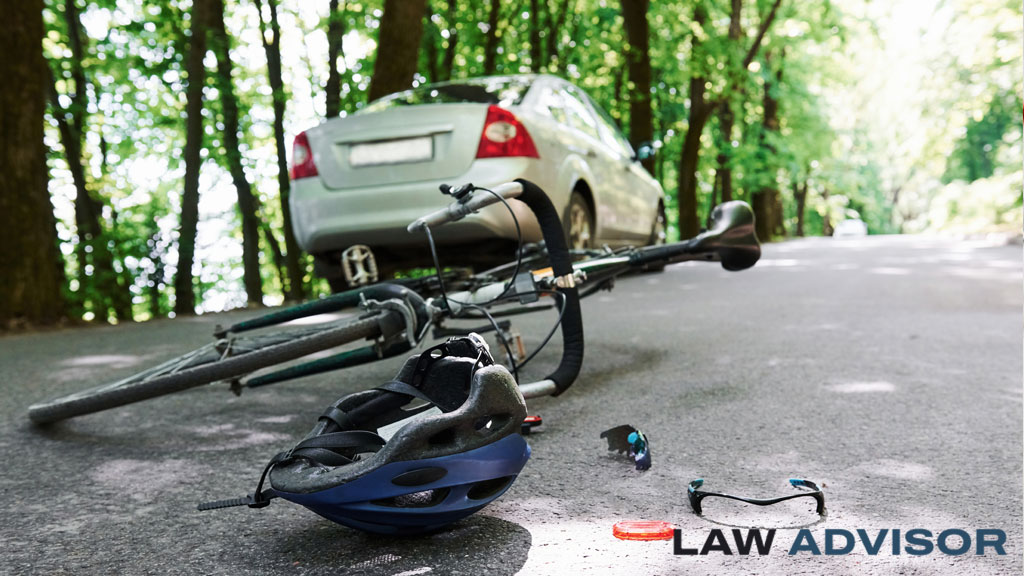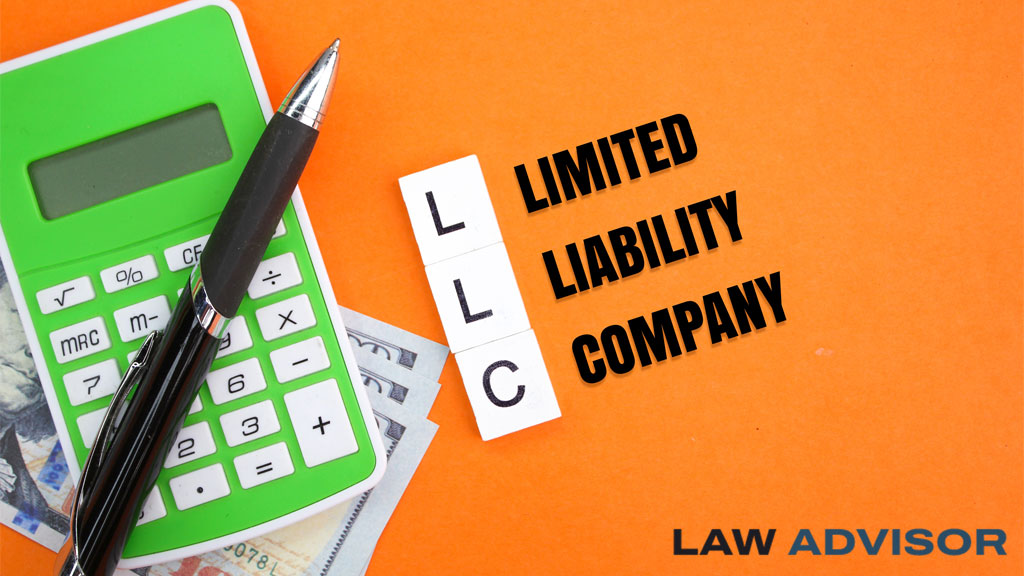Yes, you can sue for emotional distress after an accident, even if you weren’t physically injured — but the process and success depend on your state laws and the circumstances of your case. Emotional distress is legally recognized as a form of “pain and suffering,” and it can be included in a personal injury lawsuit as part of your non-economic damages. To win such a claim, you’ll typically need proof of severe emotional harm, often backed by medical or psychological evidence.
Let’s break down what emotional distress means legally, how to prove it, and what to expect if you pursue a claim.
What Is Emotional Distress in Legal Terms?
Emotional distress refers to the mental anguish and psychological impact caused by a traumatic event — such as a car crash, slip-and-fall, or violent incident. It can include:
- Anxiety
- Depression
- Insomnia
- PTSD (Post-Traumatic Stress Disorder)
- Fear, humiliation, or shame
- Loss of enjoyment of life
In personal injury law, these symptoms fall under non-economic damages — losses that aren’t easily quantified with receipts or bills but still seriously affect your life.
Two Main Types of Emotional Distress Claims
1. Negligent Infliction of Emotional Distress (NIED)
This applies when someone carelessly causes you emotional harm, such as:
- Witnessing a loved one get injured due to another’s negligence
- Experiencing psychological trauma after being involved in a crash
Most states require you to either:
- Be directly involved in the incident, or
- Be a close relative who witnessed it.
2. Intentional Infliction of Emotional Distress (IIED)
This is for cases where someone deliberately causes extreme emotional harm through outrageous or abusive behavior.
Example: A caregiver threatening a disabled patient or a person being repeatedly harassed or bullied at work.
When Can You Sue for Emotional Distress?
You may be able to sue for emotional distress if:
- You were in an accident caused by someone else’s negligence (car crash, workplace injury, etc.)
- You were not physically harmed, but suffered deep emotional or psychological trauma
- You witnessed a traumatic event involving a close family member
- The other party’s conduct was intentional or extreme
⚖️ Important: Emotional distress can be claimed as part of a larger personal injury lawsuit or, in some cases, as a stand-alone claim — depending on your jurisdiction.
How Do You Prove Emotional Distress?
It’s not enough to say “I feel anxious” — you need evidence that shows the depth and impact of your suffering. Here’s what strengthens a claim:
- Medical records (therapy, psychiatry, hospital visits)
- Diagnosis of PTSD or depression
- Testimony from mental health professionals
- Daily journal entries describing emotional pain
- Witness statements from family or coworkers
- Medication history for anxiety, depression, or sleep disorders
The more documentation you have, the stronger your case.
Does Physical Injury Help Your Case?
Yes — emotional distress claims are usually stronger when they accompany a physical injury. Courts are more likely to believe you suffered emotionally if you also had visible or documented physical harm. However, you can still file for emotional distress without a physical injury in many states — it’s just harder to prove.
What Kind of Compensation Can You Receive?
Compensation (aka damages) for emotional distress varies, but may include:
- Therapy or counseling costs
- Loss of enjoyment of life
- Emotional suffering
- Sleep loss or sexual dysfunction
- In severe cases, punitive damages for intentional wrongdoing
There’s no fixed amount, but damages can range from a few thousand dollars to hundreds of thousands in serious cases.
State-by-State Differences Matter
Not all states treat emotional distress claims equally. For example:
- California and New York are more open to NIED claims, even without physical harm.
- Florida requires a “physical manifestation” of emotional distress in most cases.
- Texas is stricter with stand-alone claims.
That’s why it’s critical to consult with a local personal injury attorney who knows the specific rules in your jurisdiction.
Should You Hire a Lawyer?
Absolutely. Emotional distress claims are complex and hard to prove without legal support. A lawyer will:
- Help gather and present compelling evidence
- Navigate your state’s specific legal standards
- Ensure you’re not leaving money on the table
Most personal injury lawyers offer free consultations and work on a contingency fee basis, meaning they only get paid if you win.
🧠 You May Wanna Check Out:
- When Should You Hire a Personal Injury Attorney
- How to File a Personal Injury Lawsuit: Step-by-Step Guide
- What to Expect During a Personal Injury Lawsuit
Final Thoughts
Yes, suing for emotional distress after an accident is possible — and sometimes necessary for full recovery. But you’ll need to document your suffering, understand your state’s laws, and often work with a legal professional to get the compensation you deserve.










